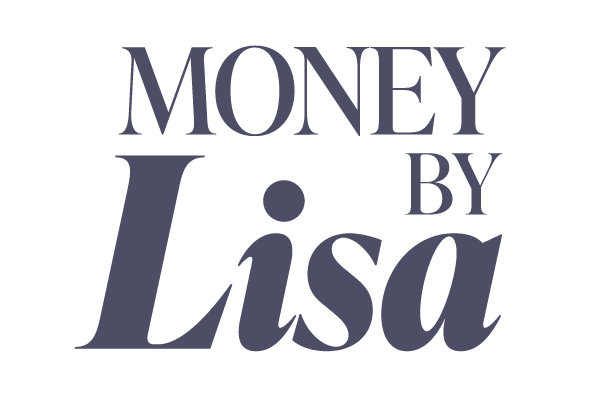Once and For All, How Big Should My Emergency Fund Be?
Can you feel a wee bit of exasperation in my tone?
Honestly, the right-size-for-an-emergency-fund is an excellent question that we should all know the answer to. And the problem isn’t that no one knows the right answer, or that it is a conundrum that can never be solved. No, the problem is that there are too many answers, any one of which could be correct.
I cannot give you an exact number or even a mathematically precise formula. But I can tell you how to approach the question, to arrive at a conclusion that I do believe will be right for you.
Let’s start with terminology. I ask that we rename our project “cash cushion;” the reason for the change in nomenclature will soon become clear. The whole point of holding onto a cache of money is to insure yourself against some sort of financial risk or, less dramatically, unexpected big expense. (“Big” being a relative term, of course.)
The biggest risk to your finances — the emergency that we tend to be most worried about — is a loss of income. This may happen due to:
Job loss. Layoff (temporary or otherwise), firing or quitting.
Dramatically reduced salary. For example, loss of overtime pay or sustained downturn in commission income.
Unpaid leave. That is, the need to take substantial time away from work to deal with a medical or other critical situation, either your own or that of a family member.
We need an emergency fund to protect ourselves from the risk of loss of income.
Depending on where you work and your type of employment, the first two sources of loss of income risk may be high or low. Have you heard the advice to save three months of expenses? This comes from research that the average time to replace your income if you lost your job is about three months. I’m not disputing that, but you know you. If you have a six-figure job in a niche industry, that is probably going to take longer to replace than a lower-paying job in an industry that is experiencing labor shortages.
Only you can decide where you sit on the loss-of-income-due-to-job-loss risk spectrum. The “three-month rule” is as good a place as any to start the conversation but adjust up or down to a level that makes sense to you based on past history and your knowledge of your industry.
But don’t sleep on the third risk to your income: unexpected unpaid leave. If you have been with your employer for decades and have accumulated more annual and sick leave time than you know what to do with, this may not be a concern of yours. But if you are newish, how long could you sustain an absence from work before your PTO bank runs dry? Again, there is no firm answer that I can give you. But what I can say is that this is a very real risk for many and part of your emergency fund calculation needs to account for this.
So, that’s your emergency fund “calculation.” Once you have funded this account to its goal level, you need no longer look at it until and unless you need to break the proverbial glass.
But a proper cash cushion has another side, the sinking fund. Thankfully, this is way easier to conceptualize. Peer into your crystal ball and visualize what large expenses you have on the horizon over the next 12 months or so. (“Large” meaning that you could not easily take care of it with your regular paycheck.) This might be a semi-annual car insurance payment, an upcoming vacation, a gift-giving holiday, summer camp for the kids. If your vehicle has 100,000+ miles, you can presume that there will be a sizeable auto repair bill in your near future, if not a new car entirely. If your HVAC system is enjoying its tween years, you cannot pretend to be shocked when the AC fails on the hottest day of the year. If your dentist looked suspiciously at your left molar during your last exam, is there a root canal in your future? The list of possibilities is endless…but it is somewhat knowable.
Ideally, your sinking fund should stand ready with a balance that can handle all of the above. And as you anticipate actually withdrawing money from it, you will need to replenish it regularly based on your rolling vision of the coming months.
And so, we arrive at the equation that answers our original question:
Cash Cushion = Emergency Fund + Sinking Fund.
(Hey, I’d love to be in touch regularly. My free newsletter contains this blog, as well as other articles written by myself and others. Please consider subscribing by visiting the MoneyByLisa home page.)
